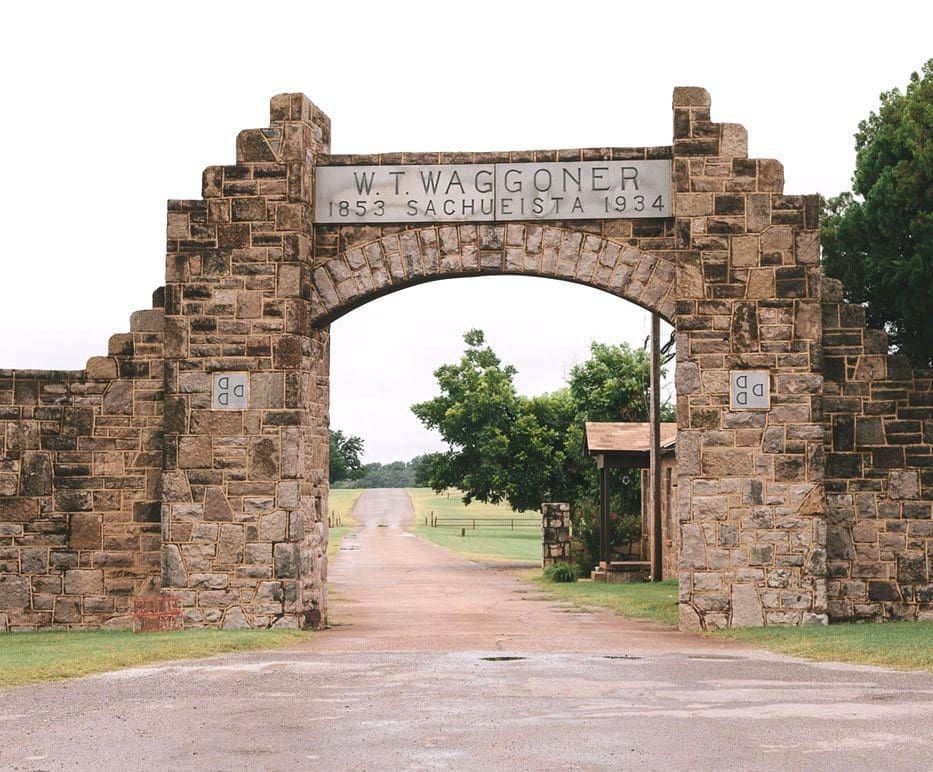THE biggest cattle ranch in the US, Waggoner Estate Ranch in North Texas, is on the market with an asking price of US$725 million.
At a little over half a million acres, the holding is only modestly sized by North Australian standards, but has left media in the US marvelling at its scale, being “bigger than New York City and Los Angeles combined.”
WT Waggoner Estate ranch, spaning six Texas counties, has become one of US ranching history’s best-known names since Dan Waggoner began work in 1849.
The 232,000ha holding is regarded as the biggest in the US ‘with a single fence’ (King Ranch is larger, but is divided into several different parcels). The asking price is easily the highest ever for a cattle estate in the world. The figure is more than quadruple the biggest publicly known sum fetched by a US ranch – $175 million for a Colorado spread in 2007.
The buyer will acquire the Waggoner ranch with two main compounds, 30,000 acres of cultivated land, roughly 14,000 cattle, hundreds of quarter horses and 1200 oil wells, along with thousands of acres of ‘unexplored land’, according to Dallas-based broker Bernard Uechtritz.
“To me, the ranch has unlimited blue sky,” Mr Uechtritz told the Daily Mail.
The Waggoners were prominent developers of Hereford cattle, pedigree American quarter horses and thoroughbred horses. The ranch has remained in the Waggoner family since its establishment in 1849, but has come onto the market following decades of disputes among descendants over how to liquidate the asset.
More than 600 people had already expressed interest in buying the ranch, agents said, representing both domestic US and overseas interests. The inquiries had been narrowed-down to ’about a dozen’ parties, and agents expect to “have a winner soon.”
But potential buyers could be rejected if they were not “good people who understand the spirit of the ranch,” Mr Uechtritz told the Daily Mail.
“Philosophically, what we’d personally like to see transpire is that the buyer also be a good steward of the land, and a friend of the people,” he said.
Local residents have reportedly been worried that oil drillers or foreign investors will divide up the land and fire ranch employees in an effort to make a profit rather than preserve history, the Associated Press reported last year.
But when asked about the concerns of local people, Mr Uechtritz said they had little to worry about.
“The truth of the matter is that anybody who buys a ranch in an operation of this size is going to retain every single person that currently operates the ranch,” he said. “You can’t operate something like this without the people.”
The ranch currently employs 120 staff, and several employees are multi-generational, with parents and grandparents having worked on the ranch before them.
Currently, 56,000 acres of the estate have been developed for oil, leaving more than 450,000 acres untapped. The two sides of the Waggoner family who have been fighting over the estate will each retain 12.5pc of the mineral and oil rights in any sale.
The Waggoner Ranch cattle herd consists of 14,000 breeders, 60 percent Hereford and 40 percent Angus/Hereford and Brangus/Hereford crosses.
These cows are bred to Hereford, Angus, and Charolais bulls. Most of the calves are sold as backgrounders weaned during a period of September through December.
The ranch also farms approximately 12,000ha, producing wheat, oats, sorghum and forage.
The asking price makes larger-scale northern Australian grazing operations sold recently look cheap, but what’s lost in any property value comparison is the value of the 1200 oil wells on the country, producing around 35,000 barrels a month.
Wells have driven the value of Texas ranch land to extraordinary levels over the past ten years.
According to the US Department of Agriculture, Texas pastureland last year sold for US$1580 an acre (about A$5000/ha) up 9 percent from 2013 and $160 an acre more than the Waggoner ranch’s asking price of US$1420/acre.

